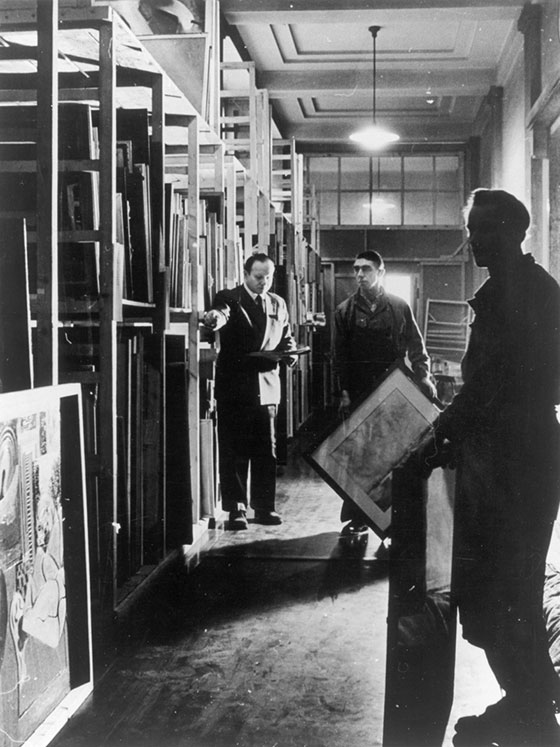The initiative was taken after art experts and sympathizers across the world requested more information regarding the investigation on the Nazi-looted art works. Adolf Hitler assigned historian Rolf Hetsch with the task of writing a two-volume list of all the works to be displayed at his “Degenerate Art” exhibition in Munich in 1937.
The two-volume list contained the names of over 16,000 pieces of art in alphabetical order with the names of the museums they took the art from, written in alphabetical order, the names of the artists and some information on how the artworks were taken.
Until now, only scientists had access to the list of names. According to Martin Roth, who is head of the initiative said they want the list to be available to the world by the end of this month. Roth has been running the museum since 2011 but only recently he found out the museum held the only complete copy of the “Harry Fischer list” with both volumes.
He continued saying he finds it almost embarrassing that the list hasn’t been published until now. It came from the estate of Austrian art dealer Heinrich Robert (Harry) Fischer, who traveled to Britain in 1938. Roth said there is yet a mystery to be solved about how the whole of the inventory got in Fischer’s possesion.
There have been 2 Second World War copies of the first volume experts have known about, listing the names of the museums from A to G, from the city of Aachen to the city of Greifswald. However, none of the copies of the second volume have ever been found, until the Victoria and Albert Museum was contacted by Harry Fischer’s widow, who donated a copy of the two volumes of the list.
Experts and historians from the Free University in Berlin have already published an extensive online collection of the “Degenerate Art”, based on the entire inventory list, the DW News reports.
With the publication of Harry Fischer list by the end of January, new clues for locating the missing art might come up for historians, German museums and Jewish private art collectors.
Willi Korte, a researcher at the Dresden State Art Collections says people can now search for clues using the complete inventory. This way they might be able to a identify a missing piece from a private collection and with the help of the list, they can track down the missing picture by locating the museum it was sent to. However, that doesn’t mean the pictures can still be found in those museums.
